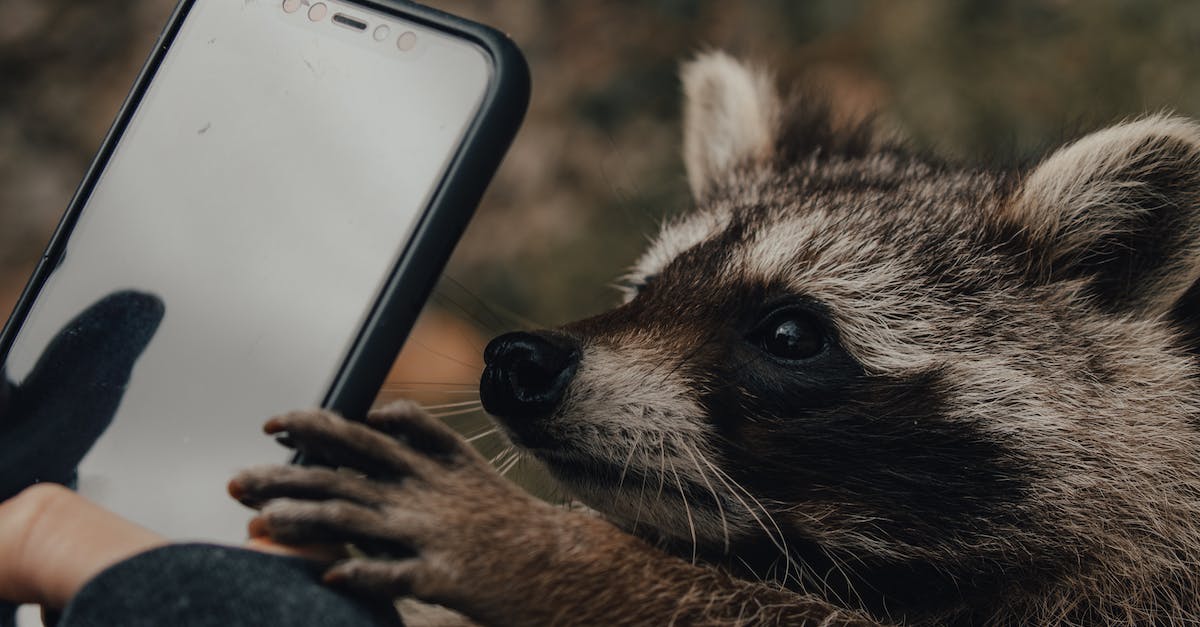Venturing into the world of wildlife photography is an exhilarating experience that allows us to capture the beauty of nature in its purest form.
Our passion for wildlife drives us to seek the perfect shot, but it’s crucial to remember, responsible photography is key to preserving the habitats and well-being of our animal subjects.
In our post, we’ll explore essential tips and guidelines for practicing ethical and sustainable wildlife photography.
From respecting wildlife boundaries to minimizing our impact on their environment, we’ll investigate into practical strategies that ensure we can capture stunning images while prioritizing the welfare of the creatures we photograph.
Let’s begin on this journey together, honing our skills as wildlife photographers while upholding a deep sense of respect and responsibility towards the natural world.
Key Takeaways
- Choose the right equipment: Opt for quality digital cameras with long lenses, tripods, and extra batteries for clear and stable shots without disturbing wildlife.
- Research and understand wildlife: Study animal behavior and habitats to capture authentic moments while minimizing disturbance.
- Respect wildlife boundaries: Stay a safe distance from animals, adhere to guidelines, and avoid disrupting their natural behavior to ensure their well-being and safety.
- Practice patience and observation: Take time to observe wildlife in their natural habitat quietly to capture genuine and intimate moments without causing stress.
- Minimize environmental impact: Stay on designated paths, use telephoto lenses, and avoid feeding wildlife to protect the environment and wildlife for future generations.

Choose the Right Equipment
When selecting equipment for wildlife photography, opt for a good quality digital camera with a long lens to capture distant subjects without disturbing them. Investing in a sturdy tripod can help maintain stability for clear shots, especially in low light settings. Consider carrying extra batteries and memory cards to avoid missing out on capturing that perfect moment. It’s essential to pack lightly yet efficiently, ensuring you have all the necessary gear without being weighed down.
Being prepared with the right equipment sets the foundation for a successful wildlife photography expedition. Visit reputable sites for reviews and recommendations on cameras and accessories like lenses and tripods.
This’ll make sure we’re ready to capture stunning wildlife shots while respecting their environment and boundaries.
Research and Understand the Wildlife
When heading out for wildlife photography, research the animals you plan to photograph. Understanding their behavior and habitat helps us capture authentic moments while minimizing disturbance. Visit reputable websites like National Geographic or the Audubon Society for valuable insights.
Observing animals safely and respectfully ensures we don’t disrupt their natural patterns. Learning about their daily routines and preferred environments guides us in selecting the right locations and times for photography sessions.
By researching and understanding wildlife, we enhance our chances of capturing stunning and ethically sound photographs. Let’s investigate deeper into the world of our wild subjects to create impactful visual stories.

Respect Wildlife Boundaries
When photographing wildlife, it’s crucial to Respect Wildlife Boundaries to ensure their safety and well-being. Stay a safe distance from animals and avoid disturbing their natural behavior. Observe signs and guidelines in protected areas to prevent harm to both animals and yourself. Remember, it’s their home that we’re visiting. By being mindful of our impact, we can enjoy capturing incredible moments while safeguarding the welfare of the wildlife we admire.
- National Wildlife Federation{:target=”_blank”}
Practice Patience and Observation
When it comes to responsible wildlife photography, Practice Patience and Observation are key. Instead of rushing to get the perfect shot, we should take the time to observe the wildlife in their natural habitat. By being patient and attentive, we can capture more authentic and intimate moments without causing stress to the animals.
We recommend finding a comfortable spot to sit quietly and observe the wildlife from a distance. This approach allows us to understand their behavior, movements, and interactions. Remember, patience pays off in wildlife photography as it leads to more genuine and captivating shots.
One useful tip is to follow the Audubon Society’s guide on bird-watching to enhance our observation skills and learn how to respect and appreciate these incredible creatures in their environment.
So, next time we are out in the field with our camera, remember, patience and observation go hand in hand in capturing stunning wildlife moments.

Minimize Environmental Impact
When practicing wildlife photography, it’s crucial to minimize our environmental impact on the natural habitat. Here are some tips to ensure we do our part:
- Stay on designated paths to avoid trampling on delicate vegetation and disrupting wildlife.
- Avoid getting too close to animals; use a telephoto lens instead to capture close-up shots from a safe distance.
- Do not feed wildlife as it can alter their natural behavior and diet.
By following these simple guidelines, we can enjoy capturing beautiful moments in nature while protecting the environment for future generations.
For more information on wildlife conservation, visit the National Wildlife Federation.

